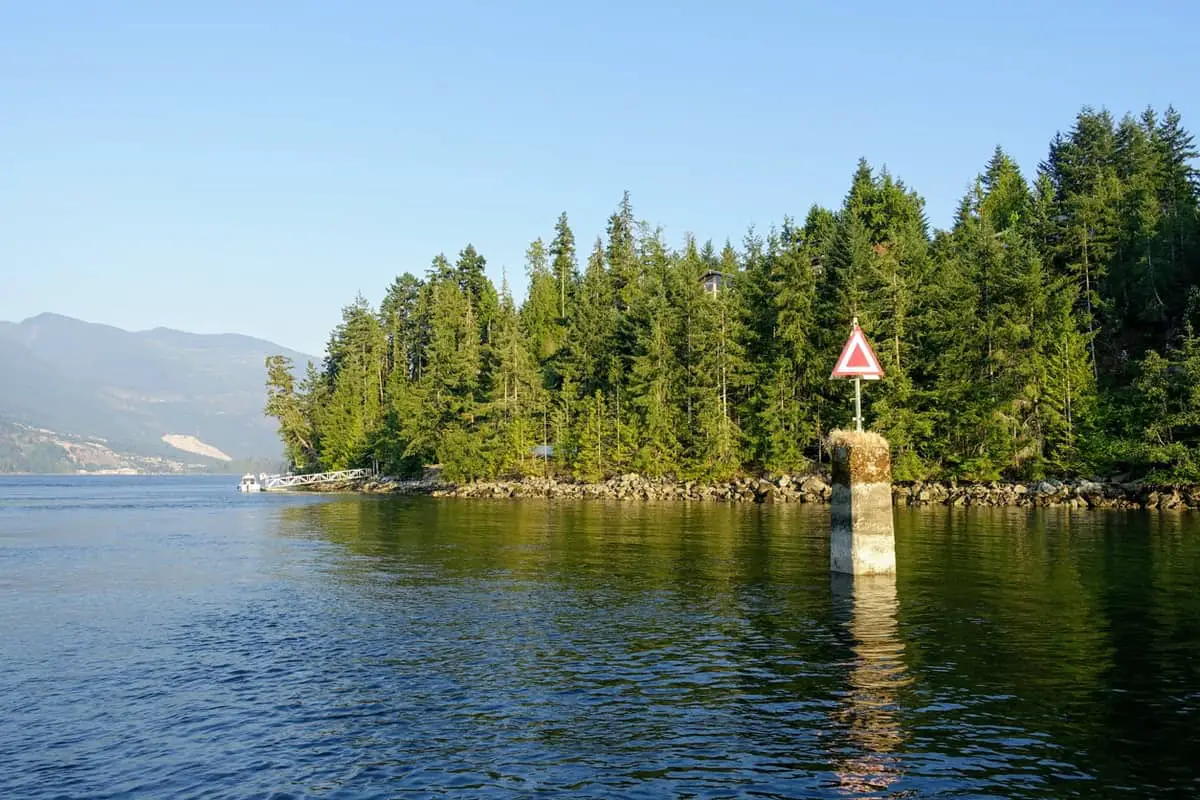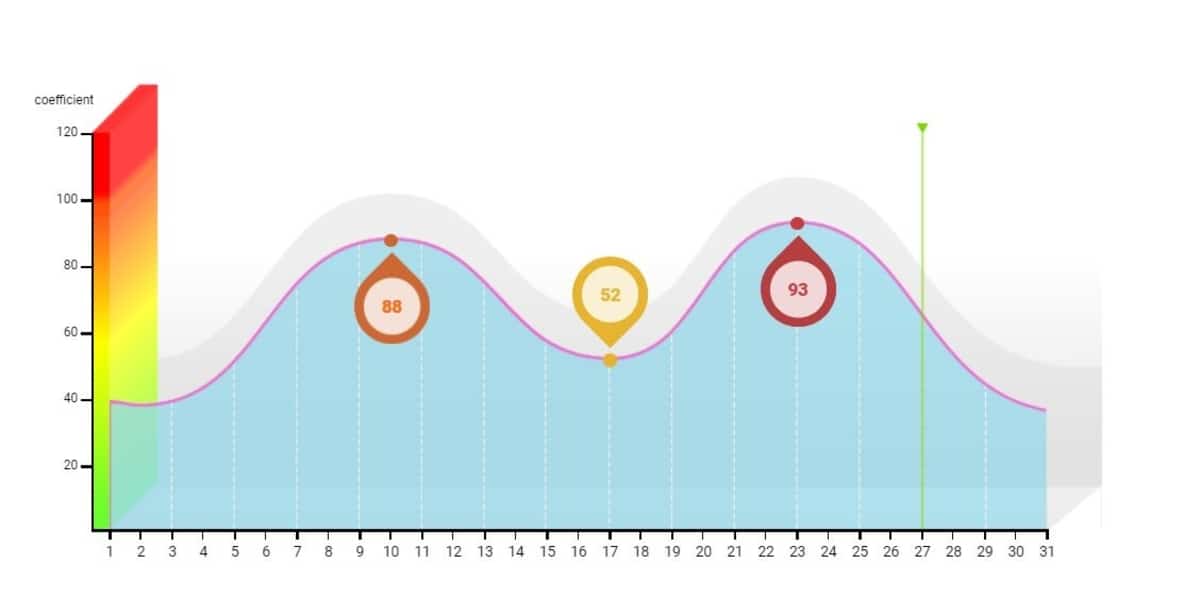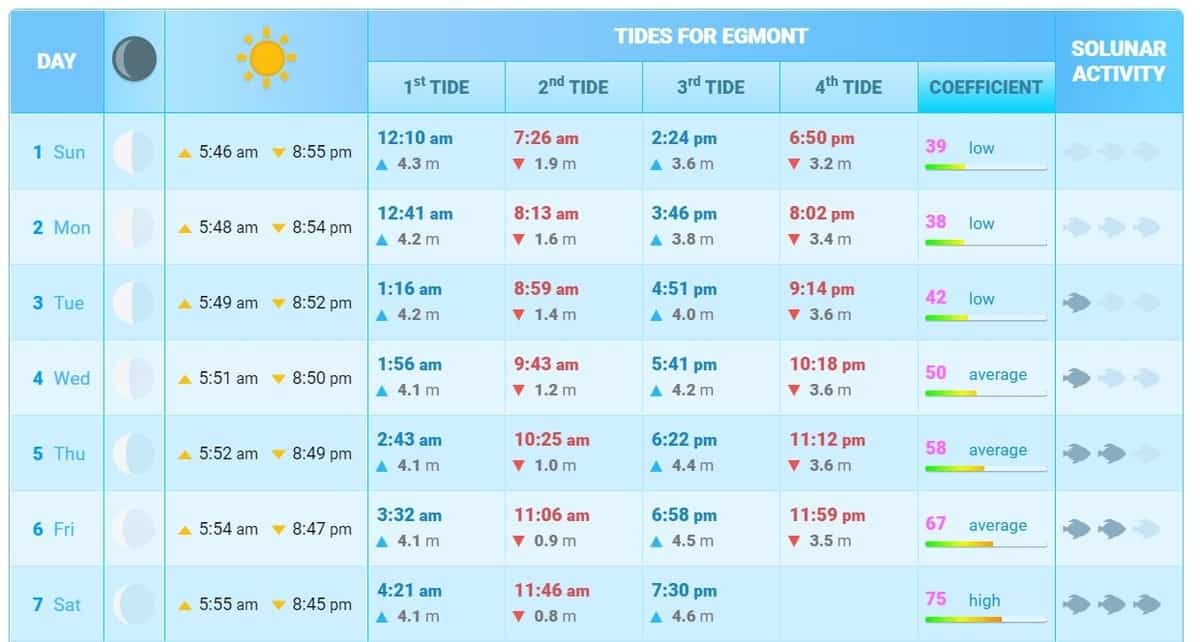
Many anglers don’t check the tide schedule before leaving for a fishing trip. This could be a big mistake! Planning the best times to fish can be just as important as bringing all the right gear. So this brings up an interesting question, What is the best tide to go fishing?
The best tide to go fishing is during a high tide. A high tide brings in cooler water with higher levels of oxygen. This causes the fish to be more active, improving your chances of catching fish.
Does that mean fishing during this time guarantees a catch? Of course not. Similarly, anglers can set out during other times. However, knowing how the tides affect fishing patterns and maximizing the chances of catching makes the difference between a great fishing experience and a poor one. To truly master fishing during high and low tides, there’s a fair amount to learn.
What Creates a Tide Change?
The moon causes tides. The gravitational pull by the moon creates something known as tidal force. This causes the water on earth to move to the side that’s closest to the moon. To learn more about the best times to go fishing based on the moon’s position, then check out this article that I wrote.
As the moon rotates around the earth, it creates a cycle of two high tides and two low tides, and it takes place mostly on the coastlines throughout the world. To get a more precise low and high tides timeline, checking tidal charts is the best method.
How Does A Tide Change Affect A Fish’s Behaviour?
The movement of the ocean has a significant influence on the movement of fish. The flow of the tide causes this by dragging small marine animals and plants to more shallow waters as the tide rises. The tidal flow concentrates them in small whirlpools where rocks or even reefs disrupt the water flow. All types of fish benefit from this. The concentration of food creates the ideal situation for larger fish to follow and feed on them. They will then leave when the food source is finished or when the tide begins to ebb.
Not all types of fish are affected by the movements of the tides. However, the species of fish that cling to coastal areas feed primarily on a high tide. They are most likely to follow the tidal movements. Tides may affect some deep-sea fish but to a much lesser extent.

How to Read Tidal Charts
Although anglers are often recommended to read tidal charts, these charts may be challenging to understand. A tidal chart is simply a timeline with the high and low tides in a given area.
Similar to a graph, there is an X-axis and a Y-axis. The X-axis is the time of the day or days of the month. The Y-axis has a diagram of the tidal movement expressed as a tidal coefficient. The higher the coefficient, means that the high tide is larger than average. The loser the coefficient means the low tide is lower than average. The average value is considered to be 60.
The above chart shows the tides for August in my local area. Aug 10 and 23 have exceptionally large high tides. The beginning and end of August have pretty low tides, which means the fishing is not as good. However, this might not be the case all the time.
To get a better breakdown, you need to look at August’s daily tidal charts or tables. Tide4fishing.com provides these tables for daily tidal changes.

If you were to only look at the first 7 days on the first chart, it would seem that fishing would be really poor. But, if you dive into the charts a bit more, you’ll find more information that could change your outlook.
Tidal coefficients are based on the moon, wind, weather conditions and can greatly change based on your local area. Take some time to search up your local area on tide4fishing.com. It’s a great resource.
Tips on How to Fish in Water with High Currents Produced from Tide Changes
When fishing with the tides, remember that currents also play a role. Current and tide can actually fight each other. Fish typically won’t fight a current, meaning they may not be close to shore even during a high tide if the current is working against them. A strong current can overpower tidal flow, so anglers should also research the current and determine if it is working towards or against them.
Although the high tide brings fish closer to shore, this doesn’t necessarily mean fish will be in the same area. The eddy current will concentrate the food and attract the larger fish. Baitfish and crustaceans will often seek shelter during high tides. The predator fish species know this daily migration and will often take up positions on the edges of cover. This can be jetties or transition zones from shallow to deep water. They may also be located in depressions positioned between the brake line and the shoreline on exposed beaches.
Predatory fish may rely on the current and tides for food, but this doesn’t mean they want to waste energy fighting it. They typically hang out in areas known as current seams. These are found in areas that jut into the flow of the current and block it. The edge of the slack eddy is known as a seam, and they are highly productive fishing spots for many species. Hanging out in these spots allows the predator fish to save energy but still dart out and catch a likely prey fish when it passes. When the water is clear, look for these seams where larger fish may be hiding. This is a good place to fish for many larger species.
When fishing for forage feeders such as Bonefish or Permit, these species can move onto the sandy tidal flats to forage for fish as the water levels rise. Anglers can often spot them in these more shallow areas.
Keep in mind that the currents will be the lowest during the beginning and the end of the change in tide. The currents will accelerate during a rising and falling tide. The time at the beginning and end of tidal changes is known as the slack tide. This is the time when it’s least productive to fish. Anglers often avoid the half-hour around the slack time and concentrate when the tide experiences greater movement for improved fishing results.
Since the fish will likely hang out behind rocks or in cracks to stay out of the currents, their strike zone will be fairly small. This means that an angler may have to run the bait through the area multiple times to get strikes.
Other Factors That Come Into Play
Of course, the tides and currents make a significant difference for anglers. However, wind, barometric pressure, and water temperature also play a role. Most fish species are cold-blooded and don’t have the ability to regulate their own body temperature. When the water temperature is cold, fish tend to move more slowly and need less food. In warmer waters, fish are much more active and require a regular food source for survival.
Weather conditions play a role, of course, as warmer seasons tend to encourage more activity. A single cloud or overcast day won’t affect water temperature much. Rainfall can have a significant effect, though. Fresh rainwater will pour into a body of water and can significantly lower or raise the temperature, depending on the conditions. Windy weather also creates higher waves which will pull currents and nutrients, influencing the movement of the fish.
The force exerted by the atmosphere also affects the fish movement. Fish have a lateral line and swim bladder, which is sensitive to pressure changes. The fish can use this organ as a natural barometer. In general, rising barometric pressure means that the weather is improving, but a lowering pressure means a storm or a cold front is on its way. When storms approach, low-pressure air meats high-pressure air but creates a steady drop in air pressure that continues to drop until the storm’s end.
Depending on the nature of the storm, this can occur rapidly or over a period of time. What follows, though, is a cold front that brings bad weather. The air pressure will begin to rise at the end of the storm and then stabilize. The fish prefer not to be present during storms and will be mostly inactive while the pressure rises. After about 72 hours of steady barometric pressure, they will come out again.
Interestingly enough, there are two times that fish are more likely to bite when it comes to barometric pressure. Before the storm, fish are going to be keen to bite while the pressure is dropping. Most anglers determine that the fish are preparing for a dormant period where they will not find food. Additionally, about 72 hours after the pressure has stabilized after the storm, fish will also be much more active and hunt for food. This time is preferable for anglers as fish are less wary of hooks and lures that they normally know how to avoid.
All of these weather factors are closely connected, meaning that one doesn’t change without the other. To make the perfect fishing tactic, anglers need to be mindful of them all. For the average angler, connecting all of these can be challenging. The good news is that Tides4Fishing.com is a great source that combines all of this data and provides recommendations on whether fishing conditions are optimal or poor.
Tidying Things Up
In general, anglers are likely to be most successful when fishing during an active rising tide by placing themselves strategically during a warmer season. Using the tide charts and weather as a guide, anglers can find that they’re much more likely to get strikes when they head out. Use this guide to improve the success of optimizing every fishing trip. Even experienced anglers can struggle with this advice, but these tips will help anglers improve their chances. This is a great guide for beginners and even experienced anglers who are fishing around coastlines.
Happy Fishing and Tight Lines
